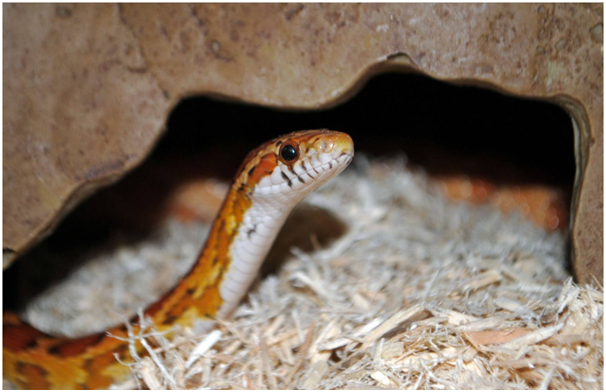There are many people who despise the idea of having a snake in their home. But there are many others who love these fascinating and rewarding creatures. If you are of the mindset of the latter, and you are wondering where to start with snake ownership, then read on. Corn snakes are a great ‘starter snake’ as they are relatively easy to care for and have wonderful temperaments. So, if you are setting out on your first steps to having your own snake, then read on…
Temperature: Corn snakes, like most reptiles, are naturally found in the wild in warmer climates. In America, they are welcomed in the barns of farmers where they keep the mouse and rat population at bay. Temperature is one of the most important things to think about when you own a snake, as it really is life or death for them. Make sure that your house is warm enough for the snake – boiler installation Gloucester company http://www.hprservicesltd.com/gloucester-boilers/boiler-installation-gloucester/ can help with that! The room needs to ideally be around 21 degrees Celsius. You will also need to supply a heat mat for the snake and this will need to be monitored. The ideal temperature is between 27 and 32 degrees Celsius to allow your snake to warm up when it wants to. If your snake is too cold you will notice that it spends all of it’s time on the heat mat, if it is too warm it will always be in the water bowl trying to cool down! So, make sure those temperatures are right before. Also, make sure that the tank is situated away from draughty windows and doors and out of direct sunlight.
Food: As mentioned earlier, the favourite food of Corn Snakes is mice and rats. You can buy these from most pet shops, it is best to find yourself a place to purchase the food from before you take on your pet. You must buy the food already dead – it is illegal and inhumane to both the snake and the mouse if you are feeding it live prey. Buy the animals already frozen and you can store them in the freezer for when you need them. The size that you need will depend upon the size of the snake. You can find a handy guide here to give you a rough idea of how much food your snake will need.




